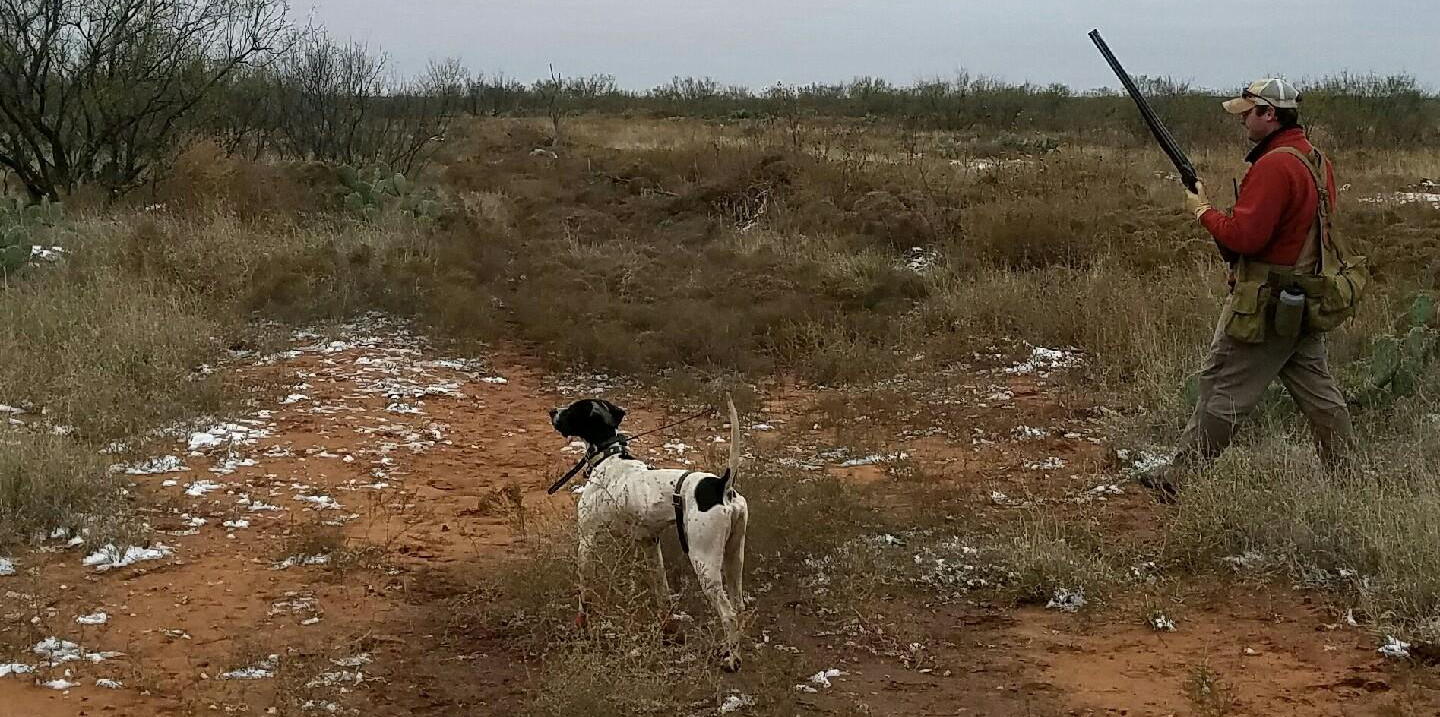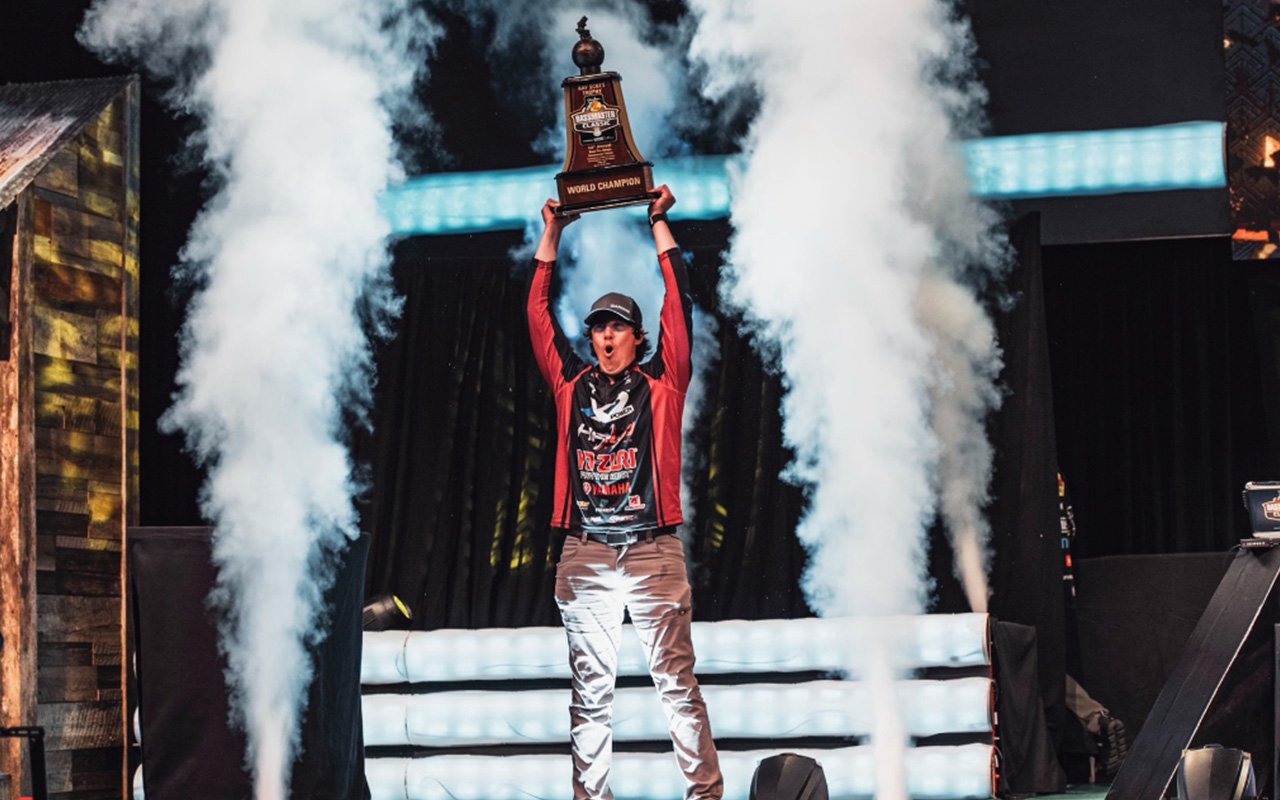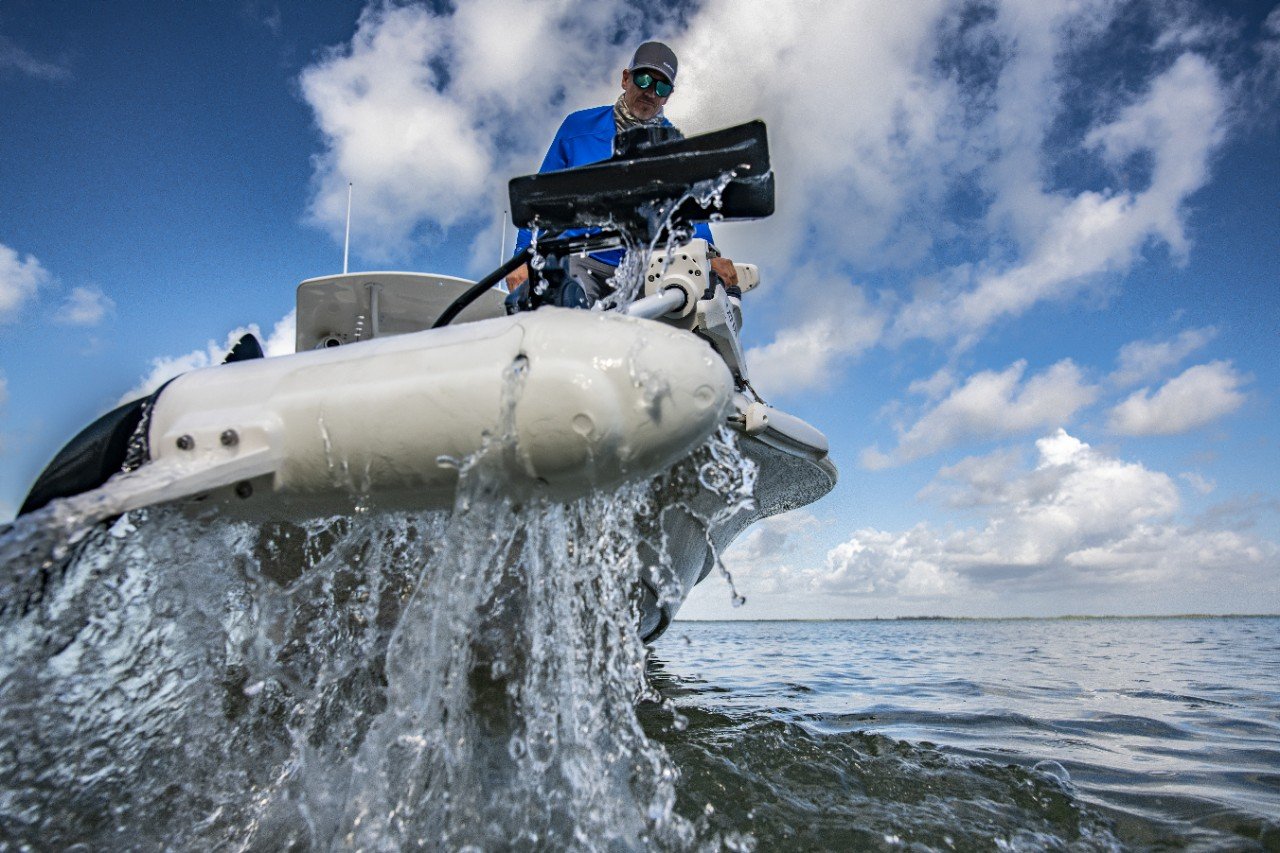
Trainin’ Dogs with Rick Smith: The Aggressive Dog
We’ve been hearing about dogs with aggression issues everywhere lately. It seems like every time we turn on the TV or open a newspaper, there’s another story of a dog or pack of dogs attacking and sometimes killing a human being or another dog. Cities are drafting ordinances restricting ownership of dog breeds known to be more aggressive, and insurance companies are dropping coverage if you own certain breeds.
Good thing we all have sporting dogs, right? They don’t fall under the stereotypical heading of a “mean” or even “vicious” dog. However, while we may be safe from Brittanys and pointers and German Shorthairs causing our homeowner’s insurance to drop our coverage, never say never when it comes to dogs and animal behavior. Aggression can and does show up in any breed. The important thing is recognizing it and dealing with it.
Remember: All dogs bite. Even that sweet dog that your family loves and that is so even-tempered can bite when provoked. What we’re doing in this column is drawing the line between a normal dog that could bite under extreme circumstances, such as when confronting a home invader, and the aggressive dog that wants to attack constantly.
Behavior problems like this can be genetic, man-made, or a combination of both. The cause doesn’t matter. What matters is that we stop it immediately and don’t allow it to surface again. A dog with the genetic potential for aggression can have that enhanced by improper handling, make the problem even worse. A good breeder will cull any dogs that have aggression issues, whether they are dominance or fear-based.
A dog that is dominant and aggressive is usually an Alpha-type dog and often the pack leader, and is constantly pushing for a fight. A fear-aggressive dog is way down the pack pecking order and is often food-aggressive, meaning it growls and bites when approached during feeding time. Fear-aggressive dogs will usually not start a fight – rather, they bite, growl, or snap when they feel trapped or threatened. They also don’t make eye contact and often strike from behind or the side. A dominant dog will use eye contact to intimidate and will stand its ground and make a frontal approach. Keep in mind that these are generalizations and that any dog can act aggressively in any fashion.
A bird dog has absolutely no reason to be aggressive. Obviously, this means toward people, but it also means behaving appropriately around other dogs. It’s not uncommon for two Alpha-type dogs to be so competitive in the field that they spend more time trying to fight than hunt. This is counterproductive and not to be tolerated.
The best time to stop this behavior – whether it’s dominance, food, fear, or whatever else may trigger aggressive behavior – is when the dog is a puppy. It shows up in the dynamics of the litter and how they play, feed, and pack up. However, don’t confuse normal play with aggression; normal play has its share of roughhousing and play bites. What we watch for is the one puppy that is constantly growling and snapping at the others, bullying and jumping on them, both during play and mealtimes.
Many bitches will deal with this, and they do so by picking the puppy up by the loose skin on the back of the neck or sometimes by the head. We’ve never seen a puppy that did not submit and give up to this treatment. If the bitch doesn’t deal with it, we will step in and take charge. Using no emotion or anger and not saying a word, we’ll pick the puppy up by the scruff of the neck, take it out of the litter, and continue holding it quietly by the scruff until it settles down. Only when it is calm and relaxed will we allow it to return to the litter. If we show anger, our emotion feeds the anger in the dog, be it a puppy or an adult, and makes things worse instead of better. Even our hands need to be relaxed and calm while we’re doing this.
With a half-grown puppy or an adult dog, this same action can be done by taking the skin on both sides of the neck with both hands, keeping the dog’s back to you so its mouth and accompanying teeth are facing away from you. Do not be tempted to use a soft voice or petting to calm the dog, as that is a reward for bad behavior and only reinforces it.
Puppies that growl and nip may look cute, but if the problem isn’t stopped right then and there, it won’t be so cute when the dog weighs 60 pounds and has adult teeth.
What about the adult or adolescent dog that is behaving badly? There are some situations that require professional intervention. Always put safety first. And remember, sometimes the best answer is to have the dog euthanized. Before we resort to such drastic measures, however, let’s examine the reasons a bird dog may be acting aggressively and try to solve them.
First of all, it takes two to fight. That can be you or another dog. Anger starts fights, but calmness can finish them. Even if another dog attacks your dog, they can stop it by turning away. In dog language that translates to instant surrender, and it’s a rare dog who will continue to fight with a dog that has turned away.
In the field, some dogs get very competitive about their territory and the birds. This can come in the form of refusing to back or honor another dog, instead trying to bust ahead and take the bird. This is also not uncommon in a retrieving situation where two dogs are trying to pick up the same bird. This competitiveness can also be viewed as jealousy.
Regardless of the reason, it is not tolerated and not allowed. Training makes the biggest difference, as a dog that has been correctly trained to honor on sight or retrieve on command will not risk displeasing the pack leader (that’s you!). Even if your dog is sitting on your lap and growls at another dog that approaches, this is jealous behavior and not acceptable. Your dog is saying, by growling at the other dog, that it “owns” you. If you think about it, that translates into marking behavior and claiming territory. We’re pretty sure you wouldn’t let your dog mark you by lifting its leg, and the same goes for possessiveness of you when another dog is around.
Speaking of marking behavior, a male dog that spends a large part of its time in the field lifting its leg and laying claim to every fencepost, brushpile, and tree that it finds is showing dominance behavior over you as well as over any other dogs it may be hunting with. While this is not aggression, it is still an issue that needs fixing, and you need to be the pack leader and tell the dog to move along, it doesn’t own anything in the field – not you, the trees, the birds, nothing. Likewise, two dominant male dogs hunting together and both marking everything in sight is a setup for a potential fight. Disallow the leg-lifting and you may well head off the fight; plus if they are marking, they aren’t working to find birds. Additionally, neutering can be a benefit, as hormones encourage territorial behavior in both males and females.
If you’re a good pack leader, you can usually head off aggression problems. As we mentioned above, the dog owns nothing. You are the leader and you control the resources. This includes the ground you hunt on, the birds you shoot, and who sits where in the truck. It also means at home that you own the feed dish and the food that goes in it, the bed the dog sleeps in, and the toys it plays with.
As mentioned earlier, a bird dog has no reason to be aggressive. If we have a dog that has issues in this area, we will deal with it by controlling the dog using the command lead on the neck and the figure-eight around the muzzle. We’ll put the lead on the dog and walk it past other dogs, giving a sharp upward tug when the dog shows signs of aggression. These signs can be growling, showing teeth, hair standing up on the back, walking stiff-legged, and staring at the other dog. The dog needs to understand that aggressive behavior will earn a correction with the lead.
We will use as much effort as needed to refocus the dog’s attention on us. This may also include bumping them on the shoulder with our knee as we walk. We want their attention on us. Our end goal is to have the dog walk calmly past another dog and not even glance in that direction. We are in charge, and we don’t allow fighting. Again, all of this is done with no voice, no anger, and no emotion. Don’t be afraid to seek professional help if you need it.
There are some dogs that just don’t get along, and if left together, they will fight, often to the death. If you have a situation like this, keeping the dogs separated or keeping only one of them is the answer. Usually one dog is the instigator, and if you know who it is, you can work with that. If that dog picks fights with many different dogs, the best answer may well be euthanasia. Whatever you do, please be safe, and put the welfare of yourself, your friends, and your family first. No dog, no matter how good, is worth the loss of life or potential disfiguring of a loved one.
If the dog is genetically sound and the training is done right, all that energy can be focused into the field, working and finding birds.
Originally appeared in The Pointing Dog Journal. Written by Sharon Potter
Follow Garmin Fish & Hunt on social media for more dog training videos and tips.




